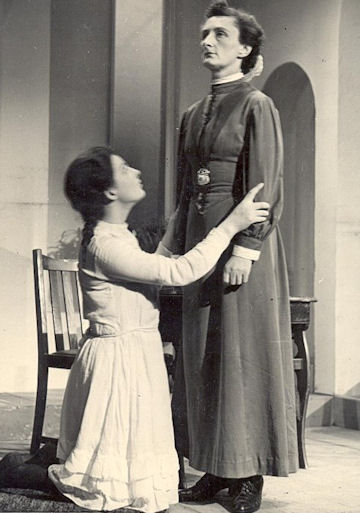Cast:
Rosemarie Ballard, Isobel Benns, Joan Carlin, Florence Chedzey, Doreen Coates, Elizabeth Dixon, Madge Dolman, Ruby Feast, Irene Foster, Fiona Fraser, Joyce Gapp, Rosemary Grant, Barbara James, Vera Lovelock, Katherine McKinney, Carmen Nisbet, Betty Ogden, Joan Pyle, Rena Rice, Pamela Richards, Carolyn Sherwood, June Sibley, Bridget Spalding, Gwen Thomas, Joyce Wheeler
Production Team:
Maurice Ballinger, George Benn, Isobel Benns, Peter Bryant, Archie Cowan, Peter Curtis, B Darlison, Peter Ellis, C G Golding, John Gray, W H Robinson, J Mayo, J Michell, Carmen Nisbet, Beadon Pitt, Denis Robinson, Eric Voce |

